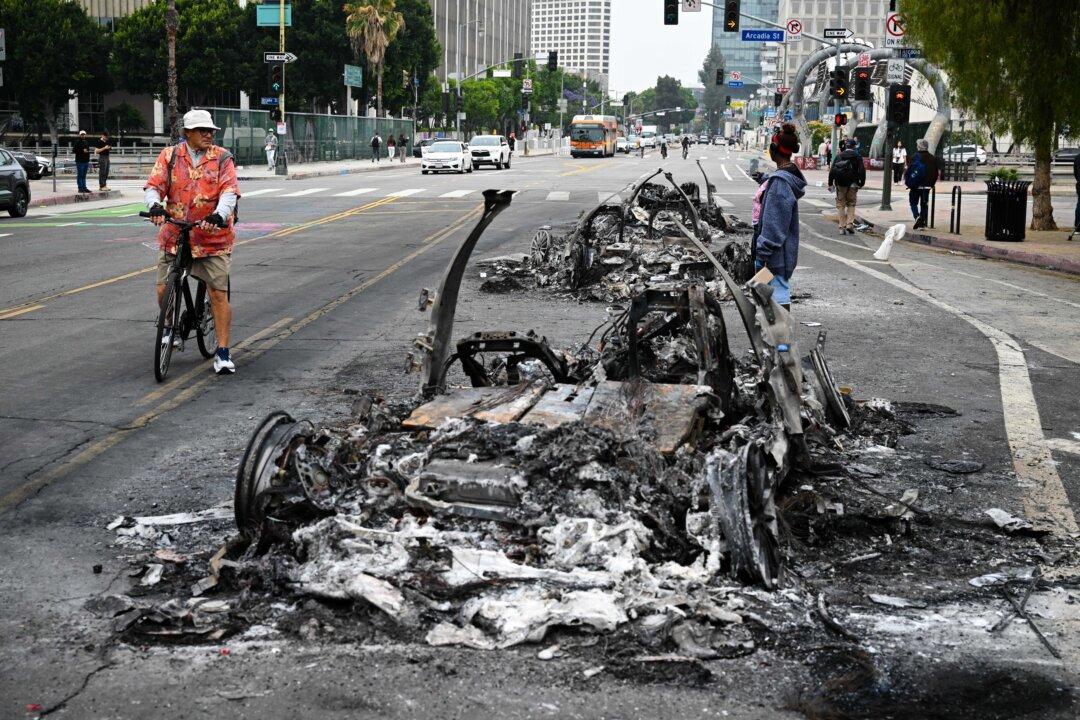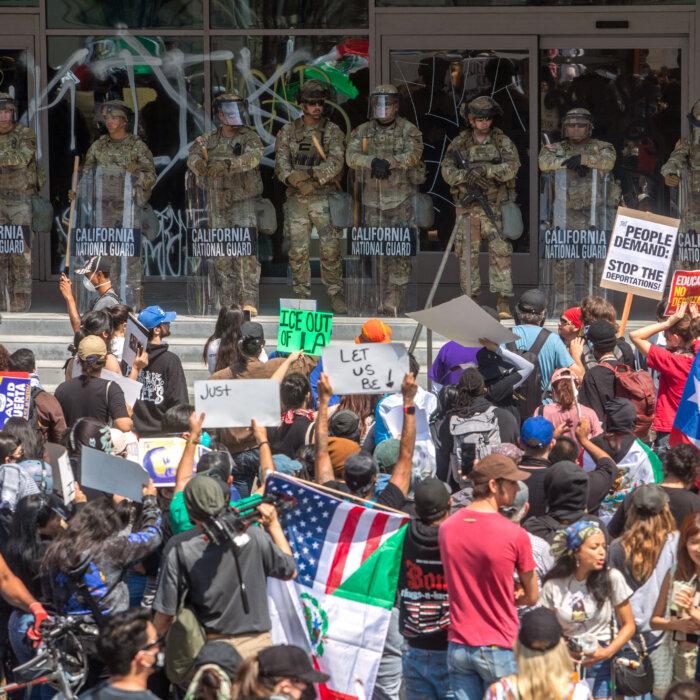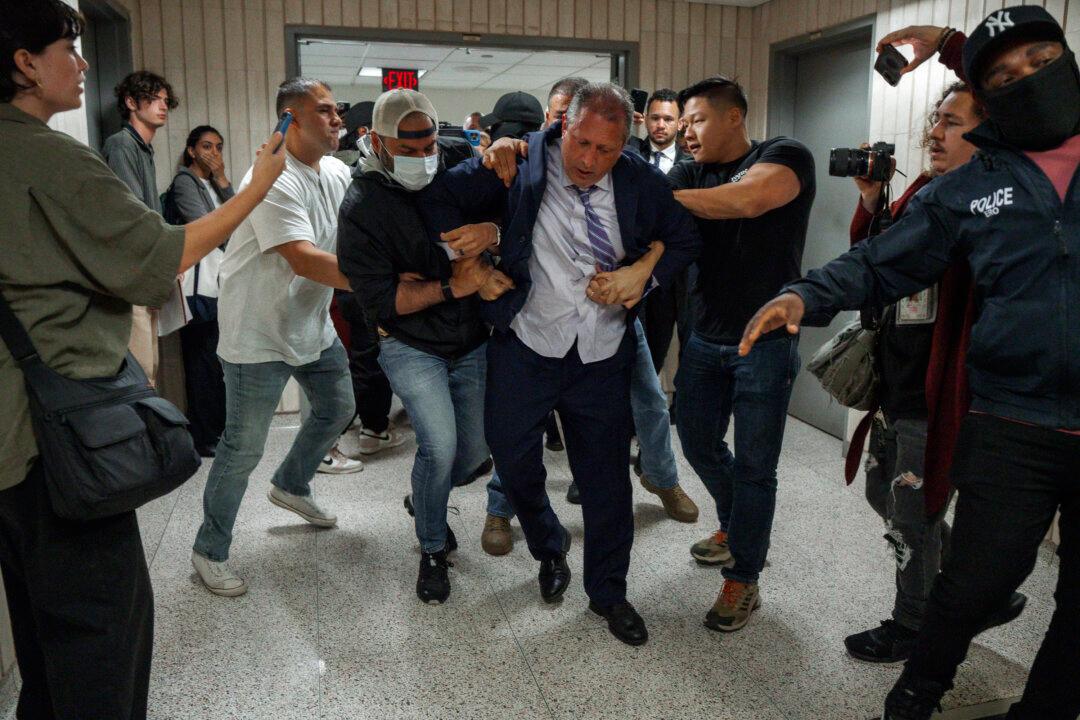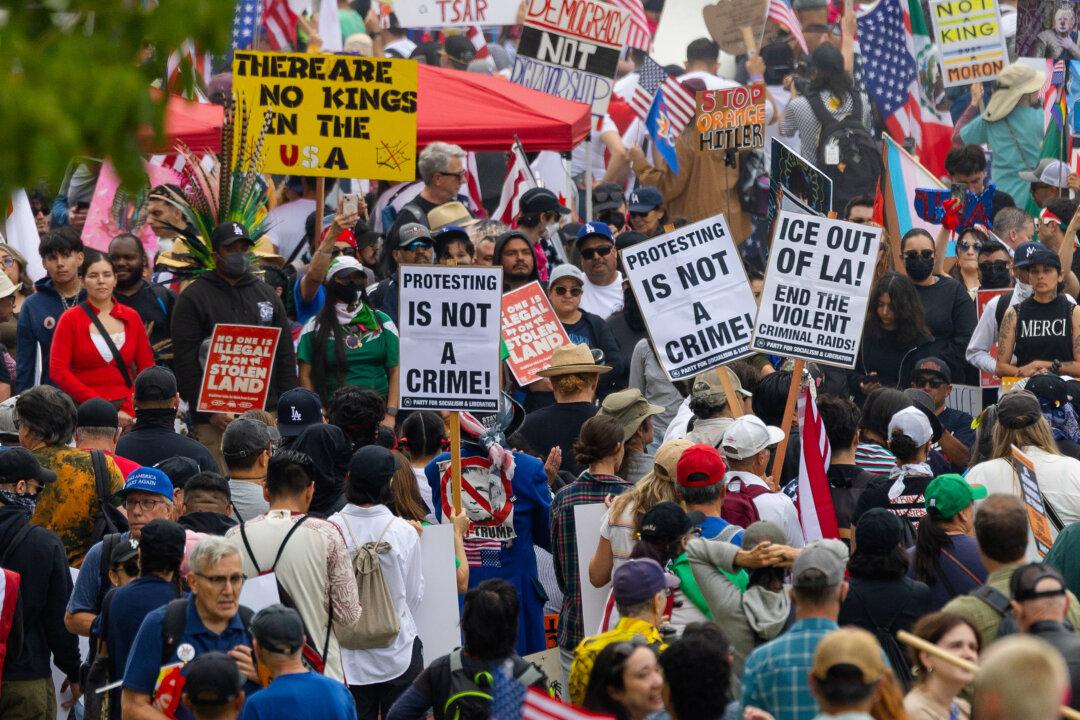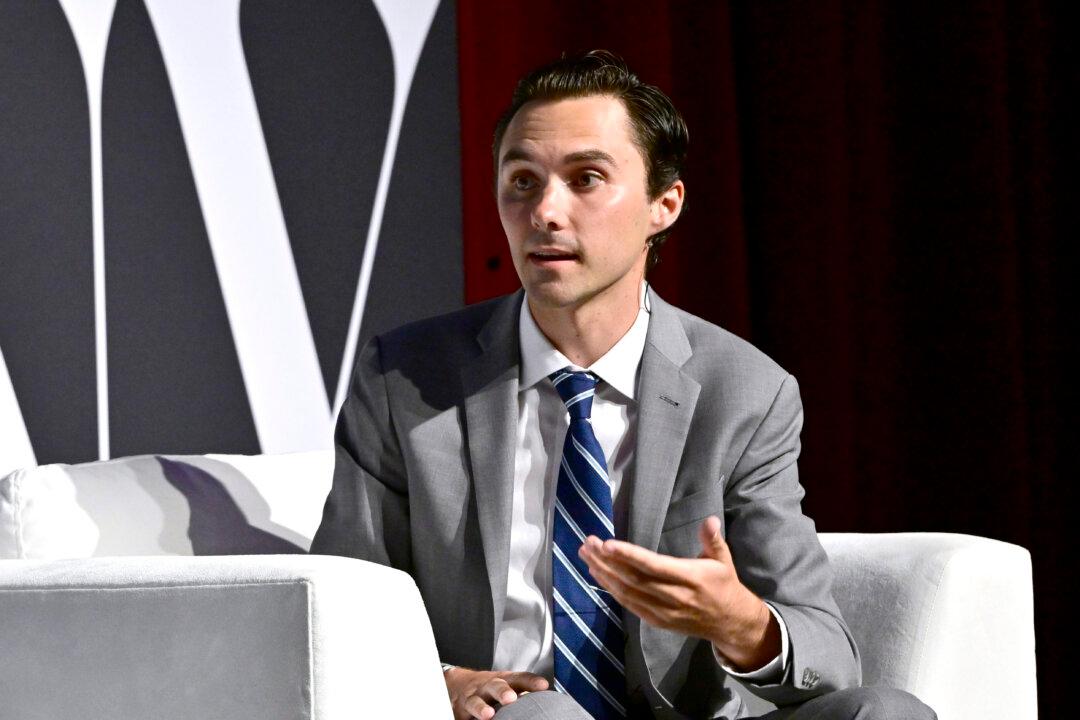As protests against federal immigration enforcement flared across Los Angeles over the weekend, questions have arisen about whether President Donald Trump will invoke the Insurrection Act of 1807, and send active duty U.S. military members to quell the rioting and vandalism.
The Insurrection Act
The law has its origin in the 1792 legislation that allowed the federal government to call up state militias “to execute the laws of the Union, suppress insurrections and repel invasions.”The 1807 Insurrection Act added additional powers for the president, including the ability to deploy active duty federal troops without the request or support of state government actors.
It provides some of the only exceptions to the Posse Comitatus Act, an 1878 law that generally forbids the use of the military against American citizens.
Those exceptions include suppressing insurrections, enforcing federal authority, and protecting civil rights when state authorities fail to act.
Nevertheless, federal troops and guardsmen can be deployed in certain circumstances even without the invocation of the act.
In such cases, they are permitted to protect federal personnel and property but cannot make arrests or perform other law enforcement activities unless the president invokes insurrection law.
History
The legislation has been used numerous times in U.S. history.President George Washington called up state militias under the 1792 law to suppress the Whiskey Rebellion, an uprising against federal excise taxes on liquor.
It was later used by President Abraham Lincoln at the outset of the Civil War, and afterward by President Ulysses S. Grant against the Ku Klux Klan.
Presidents Dwight D. Eisenhower and John F. Kennedy invoked it during desegregation disputes in the South.
President Lyndon Johnson invoked the act—against the wishes of a governor—when he deployed troops to Alabama to ensure order during civil rights protests in 1965.
The last use of the legislation was in 1992, when President George H.W. Bush invoked it to send troops to Los Angeles to put down riots when four police officers were acquitted after the beating of Rodney King.
Following the 2020 death of George Floyd in police custody, riots broke out across the United States during the summer that resulted in billions of dollars in damage to cities including Minneapolis and Seattle.
Use of the Insurrection Act to suppress these riots was considered, but Trump ultimately declined to invoke the law.
California Hits Back
On June 9, Newsom also announced that the state is suing the Trump administration over its decision to deploy the National Guard to Los Angeles.Hours later, California Attorney General Rob Bonta announced a lawsuit against the Trump administration for deploying the National Guard.
Bonta called the deployment an “unlawful action.”
“We only bring cases we believe we will win based on the law and the facts and our analysis,” he added. “We wouldn’t bring this one if we weren’t confident of our success.”
Los Angeles Mayor Karen Bass blamed ICE operations arresting illegal immigrants for stoking the riots in her city.
“We do not know where and when the next raids will be. That is the concern because people in this city have a rapid response network,” she told CNN on June 9.
Will Trump Invoke the Act?
Federal law allows the president to call guardsmen into service even in cases in which the Insurrection Act has not been invoked.On June 9, a White House official confirmed to The Epoch Times that Marines had been deployed to the city to protect federal personnel and property.
However, without an invocation of the Insurrection Act, their authority is limited solely to protecting federal interests in the region, and they are not authorized to make arrests or carry out general law enforcement functions.
Although Trump has not yet invoked the Insurrection Act, the law gives him broad authority to decide whether it’s necessary.
On June 9, Trump remained noncommittal about his plans regarding the Insurrection Act.
When The Epoch Times asked the president whether he intends to invoke the act, Trump smiled and continued to walk away without answering.
